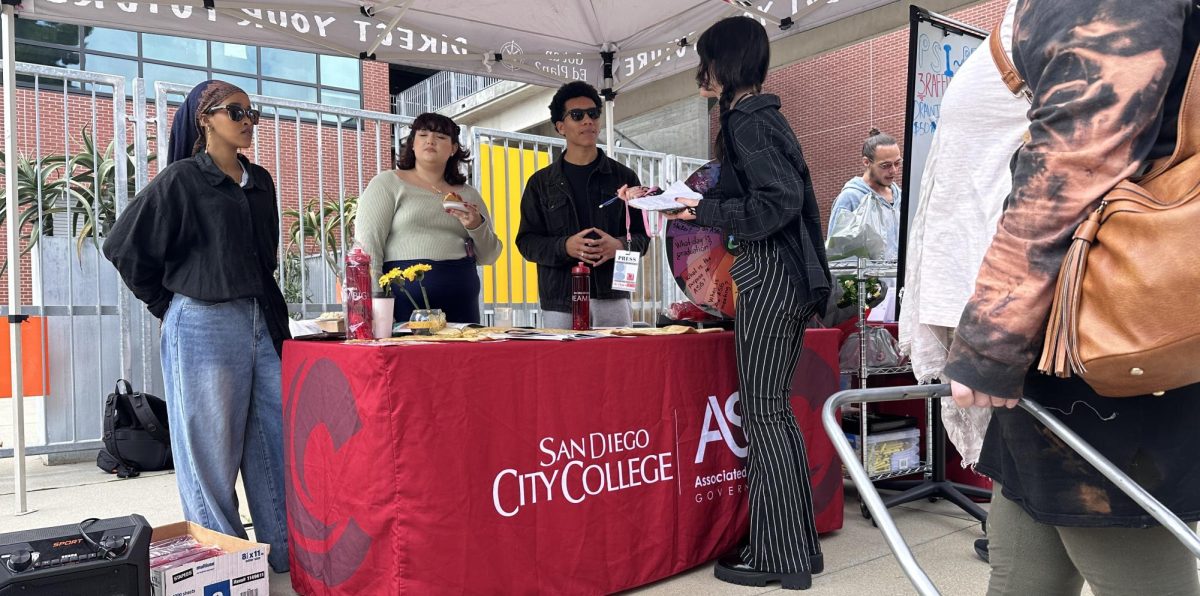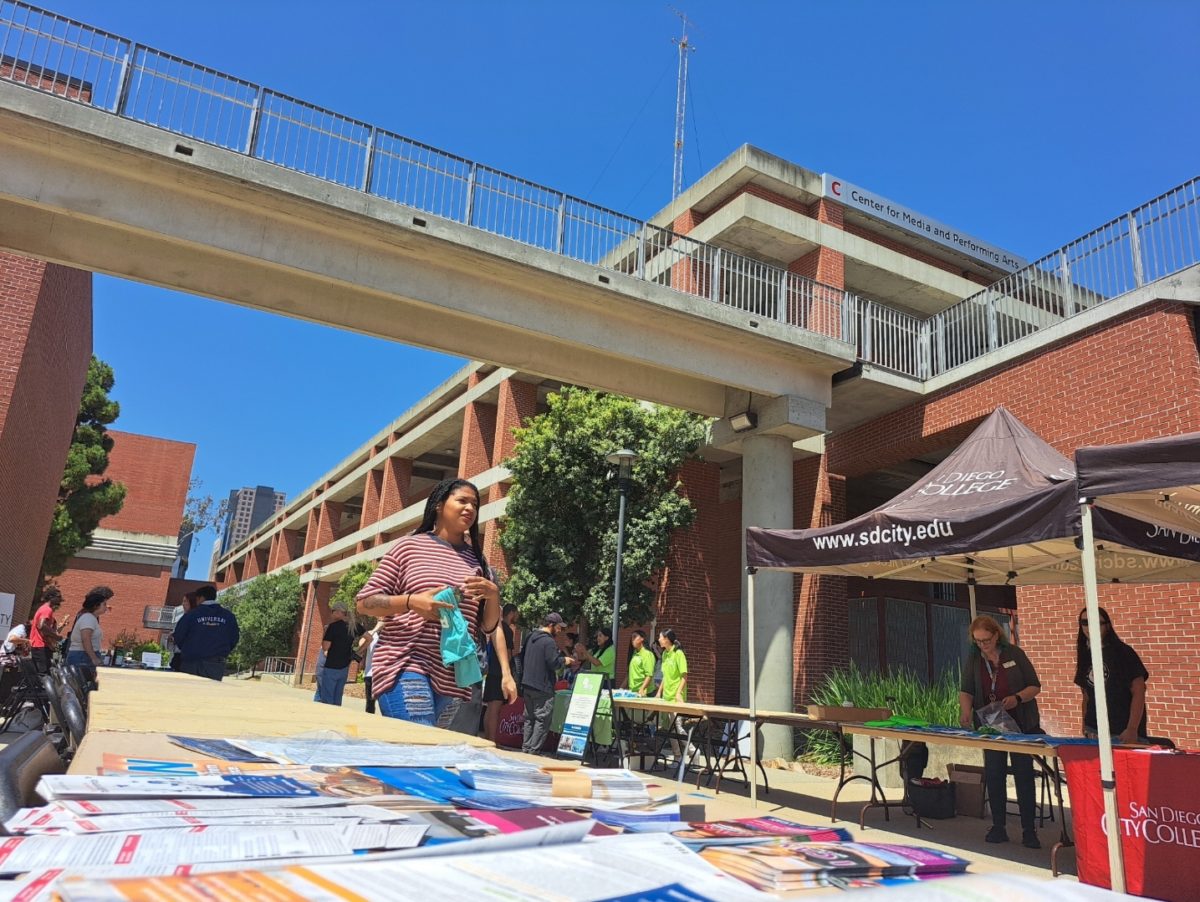“I couldn’t feel my fingers and my toes this morning, it was so cold,” said Petra, a woman who sat with a man named David on the sidewalk beneath the C Street overpass just east of 17th Street on the Saturday after Thanksgiving.
Petra and David had slept there on the sidewalk — an activity which could now earn them a ticket or even get them arrested.
A 2007 court order had exempted homeless people from being ticketed for sleeping on sidewalks between 9 p.m. and
5:30 a.m. On Nov. 22, however, a federal judge amended the order to allow police to ticket or arrest people for illegal lodging – the formal name of the misdemeanor that includes sidewalk sleeping – when a shelter bed is available and offered to them.
Homeless advocates and city officials worked with the judge to make the change. Tim Cohelan, an attorney whose 2004 lawsuit resulted in the 2007 court order that allowed sleeping, said the new link between enforcement and shelter bed availability “provides helpful incentives for more shelters.”
“The modification of the existing ticket ban only applies to a defined downtown area and requires documented proof of an available bed before an illegal lodging ticket may be issued,” Cohelan said in an e-mail. He called the change “a very positive partial settlement of the case.”
Petra and David, upon learning that sidewalk sleeping could now lead to a ticket or an arrest, seemed resigned to expect difficulties in interacting with police.
“They already chase us away and tell us it’s against the law to be homeless,” Petra said.
According to San Diego Police Department Assistant Chief Boyd Long, however, the new approach puts shelter before tickets or arrests.
Long said that, barring emergency, officers would provide or arrange for transportation to a shelter before issuing a ticket or making an arrest. Long also said the department’s Homeless Outreach Team will contact anyone who is arrested to “do some case management” and help the person find a home off the streets.
On the Tuesday after Thanksgiving, at 7:30 a.m., about a dozen people were sleeping or just waking up on the sidewalks beneath the C Street overpass east of campus. On the previous night, an online directory accessible via the city’s Homeless Services website listed a total of 6 available spaces in shelters within 5 miles of the City College zip code, 92101.
“Last year, we could have tents,” said Petra, who, with David, has been homeless on and off for two years. “It was much better and easier to sleep at night.”
Police don’t tend to tolerate tents anymore, so Petra and David have relied on layers of clothing and blankets to keep out the wind and cold. Overpasses such as the one above C Street also provide some protection from the elements.
“We stay under here, out of the rain,” said David, pointing upward at the underside of Interstate 5.
Petra and David expected to be admitted to the city’s temporary winter shelter in Logan Heights, which opened on Dec. 2.
Janice Ivor is director of marketing at San Diego’s Alpha Project, the agency selected to manage the Logan Heights shelter. Ivor said the shelter houses 220 people at a time and is expected to serve more than 1,000 during its four-month run, helping many “transition” to more long-term housing.
The Regional Task Force on the Homeless estimates that 8,500 people were homeless in the county at the start of 2010, 8 percent more than 2009. In September, an early-morning census found more than 1,000 people living on the streets of downtown.







